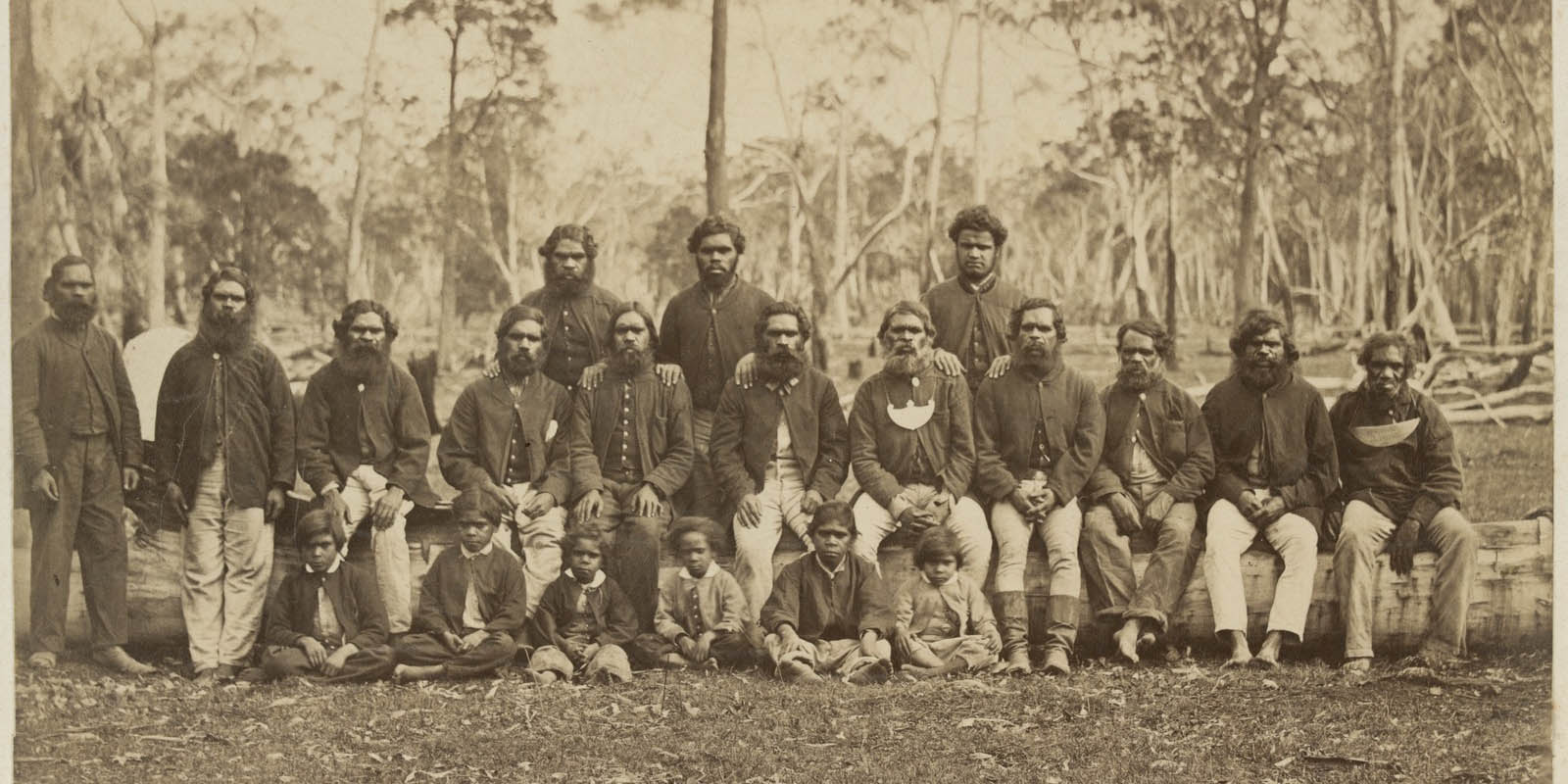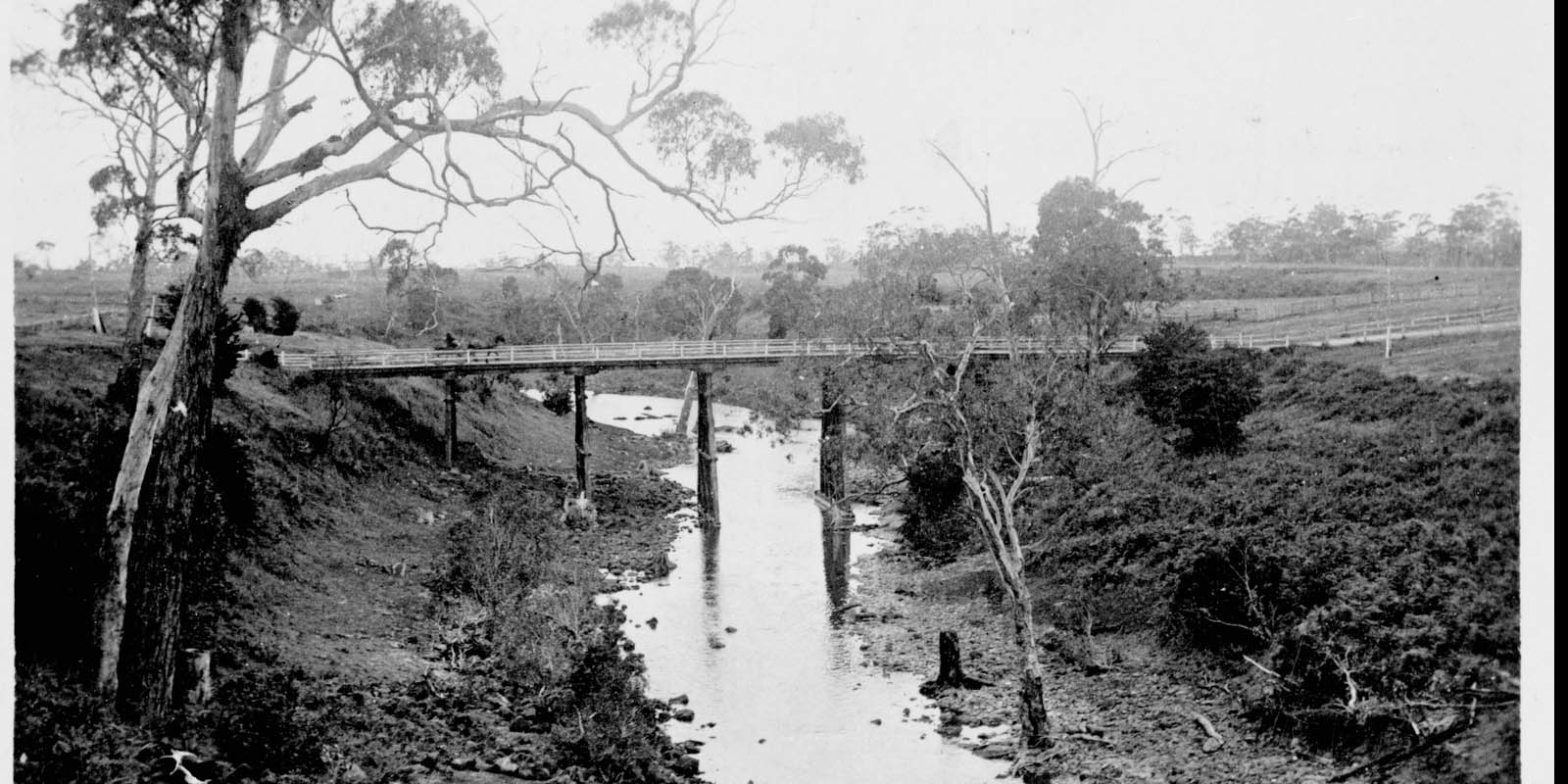Framlingham Mission is located on Kirrae Wurrong (Girai Wurrung) country beside the Hopkins River.
To learn more about Aboriginal stations check out our history timeline entry Creation of reserve system.
Opening
The government announced it had reserved 3500 acres in 1861 for a potential Aboriginal Station. However, it wasn’t until 1865 that Framlingham Aboriginal Station was officially established by Church of England Missionaries on the land. It was closed in 1867 in an attempt to move the residents to the new Lake Condah Mission however the residents resisted and it was re-opened in 1869.
The missionaries were in charge of Framlingham for a short period of time, however due to a lack of funding and issues with the manager it was handed over to the Central Board for the Protection of Aborigines.
Residents were provided with rations of flour, sugar, tea and tobacco but were expected to hunt for meat. The board provided basic clothing but residents were expected to earn money to pay for items like boots.


Group of Aboriginal men and children from Framlingham station. Image source: State Library Victoria.
Closing
Framlingham Mission closed, like many other missions and stations, as a result of the 1886 Aborigines Protection Act which meant numbers continued to drastically decline as residents were removed. You can read ore about the protection legislation in our history timeline entry "Protection" legislation introduced in Victoria.
Framlingham operated for around 25 years before it was officially shut down in 1890 however many residents continued to live in the area in the years that followed.
In 1970, under the Aboriginal Lands Act the land and mission were returned to the Traditional Custodians.


The river and bridge, Framlingham. Image source: State Library Victoria.
Sources
- Find and Connect, Framlingham Aboriginal Station (1861 - 1890)
